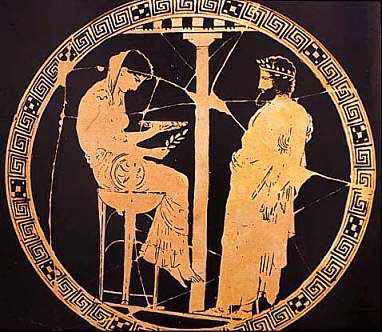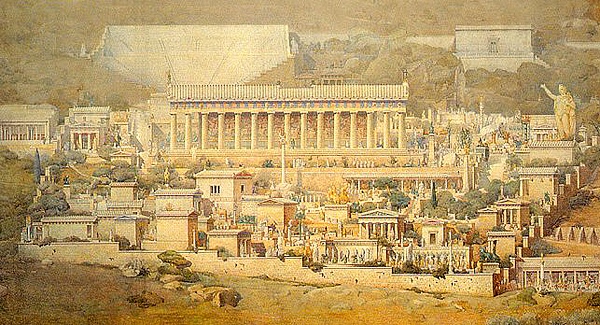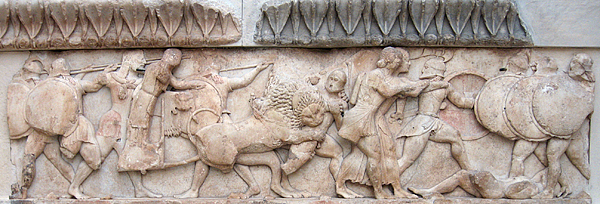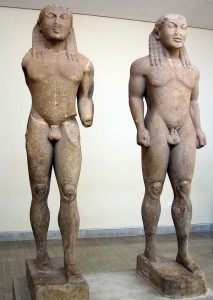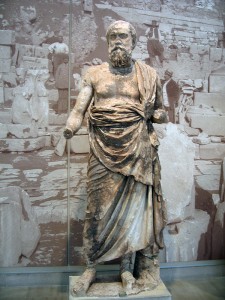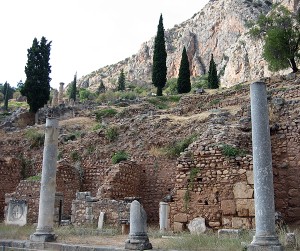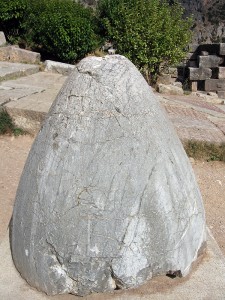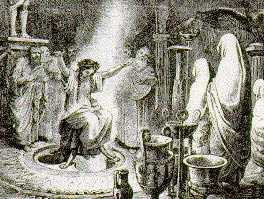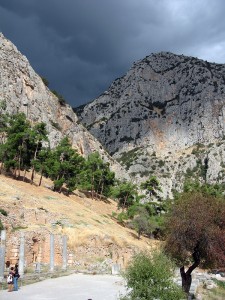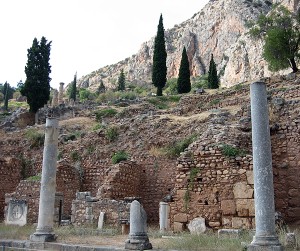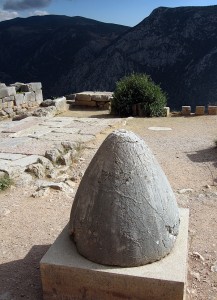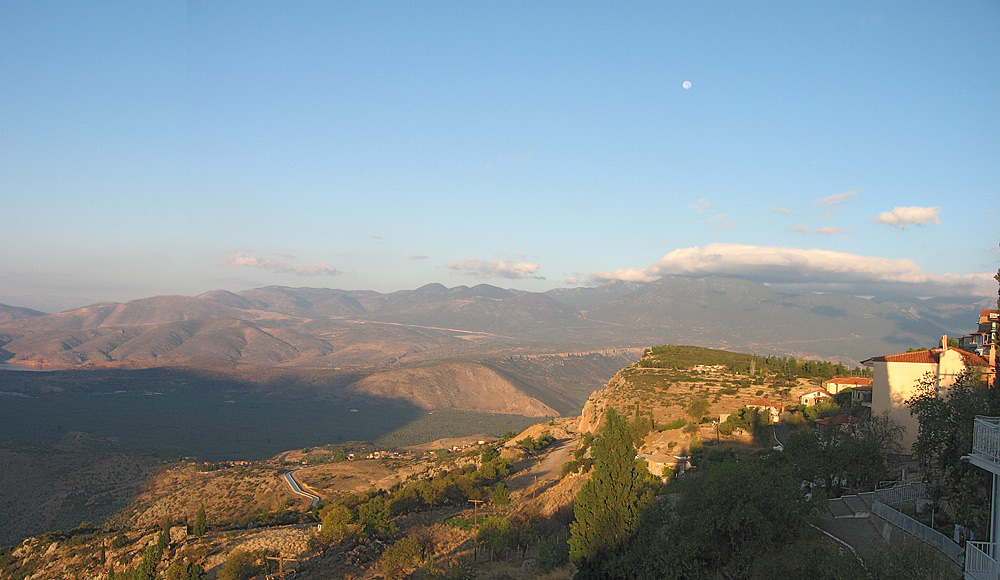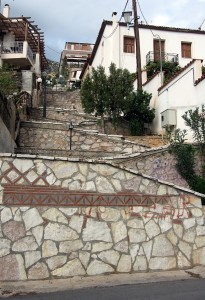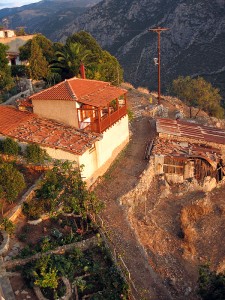By now I had become attached to the idea that I was one of the hundreds of women who had served as an Oracle in Delphi. But I was anxious to find out what Source had to say . . .
C: Dear Spirit, PLEASE let me know if I was here and what role I played.
S: You were the wife of one of the great priests in Delphi. As such you assisted him in his work with the Oracle by offering insight into political and religious events of the day.
C: Does this mean that I was not an Oracle?
S: That is correct – you were not. But one of your daughters was chosen to be one of the first Pythias when she was but 18 years old.
C: Are my husband and my daughter from that lifetime incarnated with me in this lifetime? If they are, will you tell me who they are?
S: The priest and your husband in that lifetime is your current husband in this one, and your daughter is your friend Laurel (not her real name).
C: That would explain my connection with her, being with her when we both recognized her husband-to-be and my husband’s connection to her which I have seen and felt.
S: That is correct. And you are correct in imagining the identity of your other daughter in that lifetime as that of your husband’s friend for whom you have had such a profound dislike.
C: What was the cause of my negative feelings toward her?
S: She was extremely jealous of your close relationship with your husband and her sister. Because her sister had been chosen to be the Oracle, she felt totally out of the loop of this ‘holy trinity’ – the ‘odd man out’ if you will.
C: That would explain my husband’s feelings toward her in this lifetime – his wanting to help her.
S: That is so.
My pen had stopped moving. I was stunned. And incredulous. And not just a little disappointed to learn that I had not been an Oracle after all. Then I remembered the lecture I’d overhead at the Sanctuary about the priests being responsible for delivering the prophesies with little or no help from the Oracles. Could I have just pieced all of this together? It seemed a little too neat and tidy. But at the same time, as much as I didn’t want to believe the words in front of me, it explained a lot.
For one thing, Laurel and I became instant friends when we met, and we’d been mistaken for mother and daughter even though both of us would agree that we look nothing alike. When I found John Collier’s painting, ‘Priestess of Delphi’ I sent her a copy of the image. At first, she felt it was ominous because of the dark background and the fumes coming up through the crack beneath the Pythia’s feet. But as she looked at it again, she experienced a feeling of comfort. At the time I thought this was an odd reaction.
And I had never understood my nearly pathological dislike of my husband’s friend, Jeanine (not her real name, either). We met her at a business function, and while the two of them connected immediately, my reaction to her was so negative that I wanted to leave.
When Jeanine surfaced in this session with Source, I sensed that one of us in that lifetime had experienced a tragic and untimely death. And I feared that it had been my other daughter because according to Source, she had been 18 when she was chosen to be an Oracle. Initially, young chaste girls were chosen to be Apollo’s mistresses. But these innocent virgins did not fare well. Diodorus, an ancient historian tells the story of Echecrates the Thessalian who became enchanted with the Oracle and violated her. This was probably not an isolated incident because the custom was soon abandoned and the Oracles from that time forward were selected from women over fifty.
So what had happened here? I couldn’t begin to guess what, if anything, Jeanine may have done to contribute to such a tragedy. It was all too much. Still suffering from jet lag, I wanted nothing more than a quick lunch and a nap. Back in my room, the sun was spilling in from my terrace. I lay down and as soon as I closed my eyes, I ‘saw’ the temples, treasuries and statues at the Sanctuary, all in their original pristine condition bathed in an intense golden light. In my dream state, I felt the power of these structures touching the core of my being. Then the vision vanished and I descended into a deep dreamless sleep.

